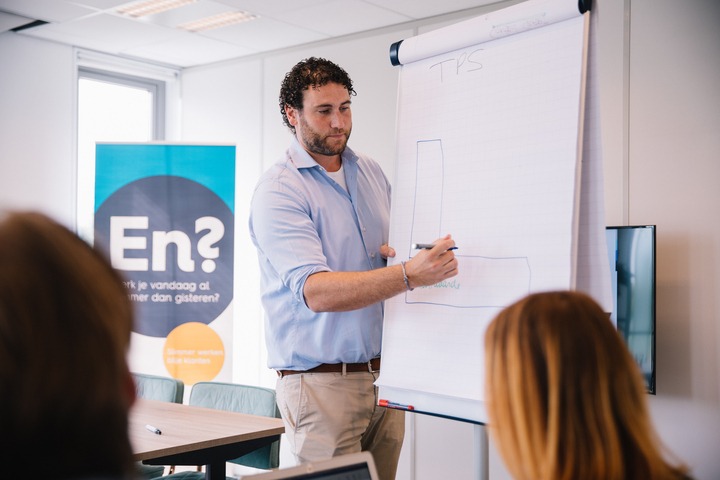Monokuzuri
Has your organisation started using Lean? But are you worried this is not going as well as you would like? Then Monozukuri might be your solution!
What is Monozukri?
The term itself is made of the two Japanese words ‘mono’ and ‘zukuri’. These stand for ‘the thing’ and ‘production process’. In other words, Monozukuri does not only focus on the tools of continuous improvement, but on the corresponding culture as well. Not only does this comprise the technique of continuous improvement, but the social aspects too. I mean, it is important to satisfy your employees, right?
Why do trajectories of change fail?
Even though organisation make the decision to implement the philosophy Lean, failure can still occur. In Japan, people wondered why the implementation of World Class Management failed. They concluded there were two streams that actually were not connected and did not strengthen each other. These are called the product value streams and value stream of humans. The product value stream includes the stream of the first phase to the end product. The value stream of humans entails the employees of an organisation.
The streams of the product value stream have split up due to a lack of attention to short-term performances. Employees therefore lost their ownership to improvement. Fortunately, improvement was still made, but not because of intrinsic motivation.
These two streams can, however, still be connected to each other by working together. And when they have met again, continuous improvement will happen again; this is in the organisation’s DNA. This also includes managing your employees, because they should be stimulated!
The execution of big adaptation of projects can only become successful when using the right management system and a Change Management Plan. Monozukuri is an example of such a system, which gives structure to initiatives regarding improvement within companies. By different teams with many functionalities and a focus on the organisation’s goal, this can be achieved. End-to-end costs are improved this way. And this might result in excellerating people and machines in order to achieve maximum value for customers.
Monozukuri’s three pillars
Monozukuri stands on three pillars, each existing of three aspects. These focus on producing the least costly and excellerating continuous improvement.
1. Product & Development
- Design-to-Cost
Design-to-cost is a systematic approach to control the costs from design to production. By making certain decisions during the concept phase, it becomes easier to prevent costs in later phases. - Standardisation
Standardising the process, including in- and output, makes it predictable. This leads to quality and creates the opportunity to easily maintain knowledge about products and processes. - “Tier-N-Supplier” Optimisation
By actively involving suppliers in the production process, the number of suppliers in between processes can be decreased. Transparency and teamwork are crucial.
2. Production
- Lean manufacturing
Lean strives towards a process containing the least waste and an optimal flow, which adds maximum value to the customer. The employees of organisation using Lean take on a central role, because they are used to generate improvements. Continuously. - Make vs. Buy
The costs and advantages regarding processes of productions of products or services are compared with different companies who make use of the same processes. - Digitalisation
New technologies fasten production processes. This leads to smarter software, robots and sensors.
3. Supply chain
- Cost to serve
Cost to serve calculates the costs that are needed for the process of producing to delivering to the customer. Every product regards many activities, due to the fact that every process and every customer differs. - Design to logistics
Design to logistics is a concept where a collaboration between product and development takes place. This way, the costs of distribution are decreased, in order to optimise the customer value. - Tasks
The supply chain makes sure a clear task division is made. However, a clear insight regarding the responsibilities of the organisation for their customers and suppliers is unmissable as well.
Teamwork, however, takes on a central role within these three pillars. Because this does not only make the product value stream successful, but the value stream of humans as well.




